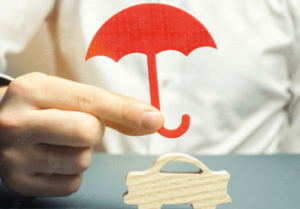Rising Auto Insurance Fraud Affects Premiums

The economy has been bad lately. Many are out of work, leading them to do whatever it takes to earn a living. A common pattern reflecting this has been the use of automobiles to perpetrate crimes. The result has been a rising amount of auto insurance fraud, which adversely affects everyone's premium costs. Since auto insurance is virtually mandatory in most of the states, people are pretending their cars are stolen or intentionally damaging their vehicle in order to get claim money from insurance companies. In some instances, these criminals create accidents by deliberately cutting off other drivers to increase the likelihood of being rear-ended.
When dealing with an "accident," some scammers may appear humble and apologetic, and may even beg you not to call the police. Others may be violent, threatening and eager to claim right of way – calling the police themselves. In some cases, they may have their cars packed with many passengers. They assume that the more the number of people in their car or truck, the more the value of Personal Injury Protection (PIP) payouts. They may even find ways to authenticate their innocence by planting fake witnesses at the accident site. These fraudsters usually work in concert with medical clinics and auto body shops that assist in generating bogus medical bills and repair invoices. These establishments may create invoices for strangely larger amounts than the actual damage or level of injury sustained.
Unfortunately, in most cases, someone or entity eventually has to pay. By law, the insurers of these cars and drivers are expected to compensate for damages. And they are painfully paying handsomely – in some cases, 500 percent more than the total amount invested by the policyholder in the insurance company. For example, assume the amount so far paid to the insurance company by the driver is $500. An arranged accident that involves multiple cars and five or more passengers can easily cost the insurance company as much as $50,000 to cover bodily injury and physical damage to the cars. The most painful aspect of this dilemma is that it is very difficult for the auto insurance companies to distinguish between real and fraudulent claims.
As a result of the increasing number of claims due to fraud, many insurance companies have no choice to but to raise their policyholders' auto insurance premiums. They need to do this in order to cover the claims being filed so that the company can stay afloat.
As common as this sort of fraud is becoming, it is imperative that all drivers are aware so that they know if they are being scammed and how it will eventually affect their auto insurance.

